Lavender is a beautiful, fragrant, and versatile plant that is perfect for any garden. While most lavenders are not drought tolerant, there are a few varieties that can withstand dry conditions. The following are the five most drought tolerant lavenders and how to grow them.
5 Drought Tolerant Lavender Varieties
Lavender is a beautiful, fragrant, and versatile plant that thrives in sunny, well-drained areas. It is an excellent choice for gardens in dry climates or for those who want to add a touch of drought tolerance to their landscape.
The following five varieties are the most drought tolerant and can be successfully grown with minimal water: There are many different varieties of lavender, but not all are equally tolerant of dry conditions.
Lavandula angustifolia – Also known as English lavender, this variety is one of the most drought tolerant. It is a compact shrub with grey-green leaves and violet-blue flowers. 1.
Lavandula x intermedia – This hybrid lavender is a cross between Lavandula angustifolia and Lavandula latifolia. It is slightly less drought tolerant than Lavandula angustifolia, but still does well in dry conditions. 2.
Lavandula stoechas – Also known as Spanish or French lavender, this variety is very drought tolerant. 3. It has long, thin leaves and showy flowers that range in color from purple to pink.
Lavandula x intermedia ‘Grosso’ – This is a hybrid of Lavandula angustifolia and Lavandula latifolia that is similar to Lavandula x intermedia, but with larger flowers. 4.
Lavandula x intermedia ‘Super Blue’ – This is another hybrid of Lavandula angustifolia and Lavandula latifolia. It is similar to Lavandula x intermedia, but with deeper blue flowers. 5.
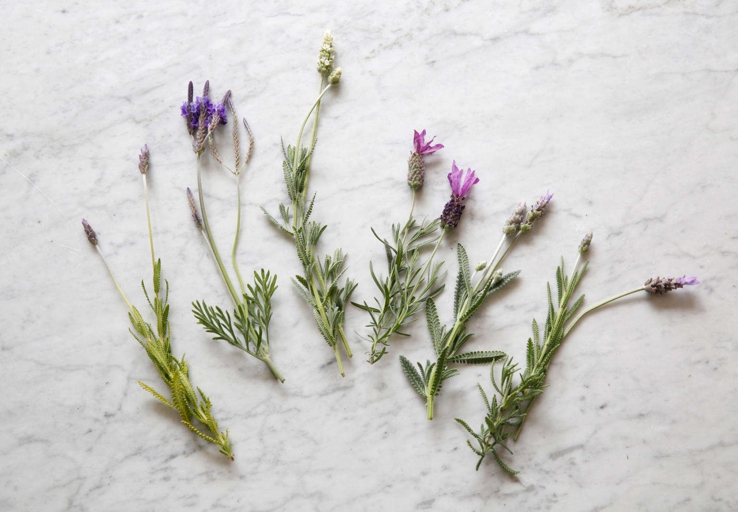
Lavender is a beautiful and versatile plant that can add a touch of drought tolerance to your landscape. These five varieties are the most drought tolerant and can be successfully grown with minimal water.
[1] English Lavender
Lavender is a beautiful, fragrant herb that is perfect for any garden. While all lavenders are fairly drought tolerant, English lavender is one of the most drought tolerant varieties. However, it is important to water English lavender regularly during the growing season to ensure that it remains healthy and produces plenty of flowers. English lavender is a hardy plant that can withstand long periods of drought.
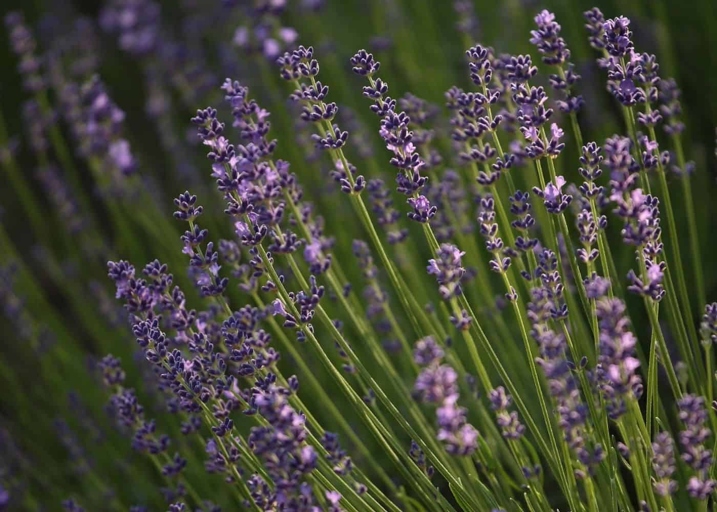
Cut back the plants by one-third after they bloom to encourage new growth. Water the plants regularly during the growing season, but allow the soil to dry out between watering. Fertilize English lavender with a balanced fertilizer once a month during the growing season. To grow English lavender, start with a well-drained soil in full sun.
[2] French Lavender
This lavender is heat and sun-loving, and it can tolerate dry conditions. French lavender is easy to grow from seed, and it can be propagated by cuttings. The leaves are gray-green and the flowers are purple. French lavender (Lavandula stoechas) is a drought-tolerant lavender that is native to the Mediterranean. French lavender is a fragrant lavender that is used in perfumes, soaps, and potpourris. This lavender is also used as an ornamental plant in gardens. French lavender is a low-growing shrub that reaches about 2 feet in height.
[3] Lavandula Dentata
It is a native of the Mediterranean and can be found in France, Italy, and Spain. The flowers are blue and bloom in the summer. It is also tolerant of poor soils and can grow in sand or gravel. Lavandula Dentata is one of the most drought tolerant lavenders. The plant is drought tolerant and does not need much water to survive. The plant is a small shrub that grows to about 2 feet tall and has blue-green leaves.
[4] Lavandula Hybrida (Lavandin)
It is a hardy plant that is tolerant of drought and poor soil conditions. The plant can reach up to 3 feet in height and produces purple or blue flowers. Lavandin is often used in essential oils and has a strong, pungent scent. Lavandula hybrida, or lavandin, is a hybrid of two other lavender species, L. angustifolia and L. latifolia.
Lavandin is also resistant to many common pests and diseases. The plant is low maintenance and does not require much water or fertilizer. Lavandin is a popular choice for gardens in dry, sunny areas.
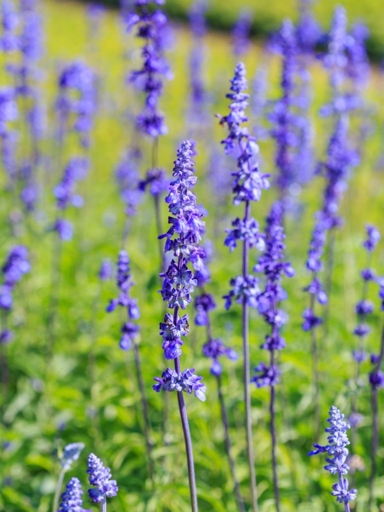
If you are looking for a lavender plant that can tolerate hot, dry conditions, then lavandin is a good option. This hardy plant will add a splash of color to your garden and is also a great choice for making essential oils.
[5] Lavandula Stoechas
It is a native of the Mediterranean and is adapted to hot, dry summers. The flowers are pink, purple, or white and appear in late spring or early summer. The plant has a compact, mounded shape and is covered in silver-gray leaves. Lavandula stoechas, also known as Spanish lavender, is one of the most drought tolerant lavenders.
To grow lavandula stoechas, choose a sunny spot in your garden with well-drained soil. The plant is tolerant of poor soil, but it will perform best in fertile, sandy soil. Water the plants regularly during the first growing season to establish a deep root system. Amend the soil with compost or other organic matter before planting. Fertilize the plants once a year in early spring with a balanced fertilizer. Once established, lavandula stoechas is quite drought tolerant.
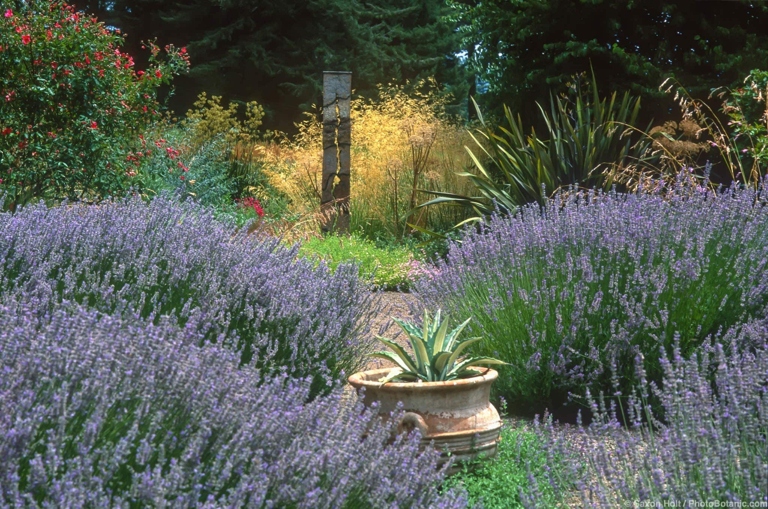
With its silver-gray leaves and colorful flowers, it adds interest and beauty to the landscape. Lavandula stoechas is a low-maintenance plant that is perfect for hot, dry gardens.
How to Grow Lavender
While it is drought tolerant, there are a few things you can do to help it grow even better. Lavender is a beautiful, fragrant plant that is perfect for any garden.
First, make sure you plant your lavender in well-drained soil. If the soil is too wet, the roots will rot.
Second, water your lavender regularly, especially during the summer. The best way to water lavender is to use a soaker hose or drip irrigation.
Third, fertilize your lavender once a year in the spring with a balanced fertilizer.
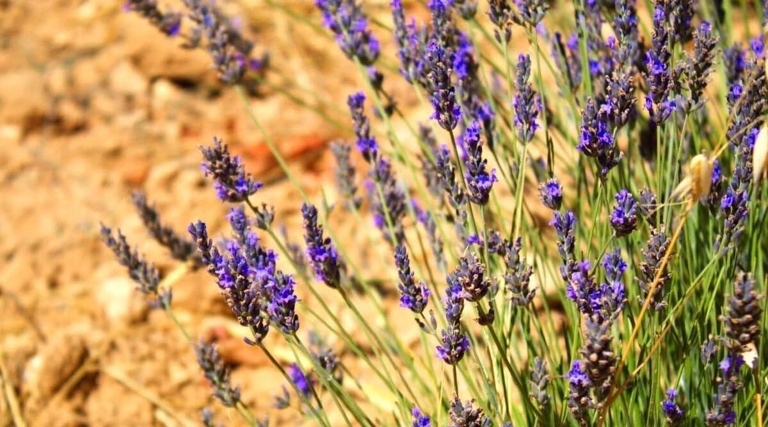
Fourth, prune your lavender regularly to keep it from getting too leggy.
By following these simple tips, you can grow beautiful, healthy lavender that will thrive in your garden for years to come.
Grow In a Dry Environment
While it is most commonly associated with Mediterranean climates, lavender can actually be quite tolerant of dry conditions. Lavender is a versatile plant that can be grown in a number of different climates and environments. Here are five of the most drought tolerant lavenders, and how to grow them:
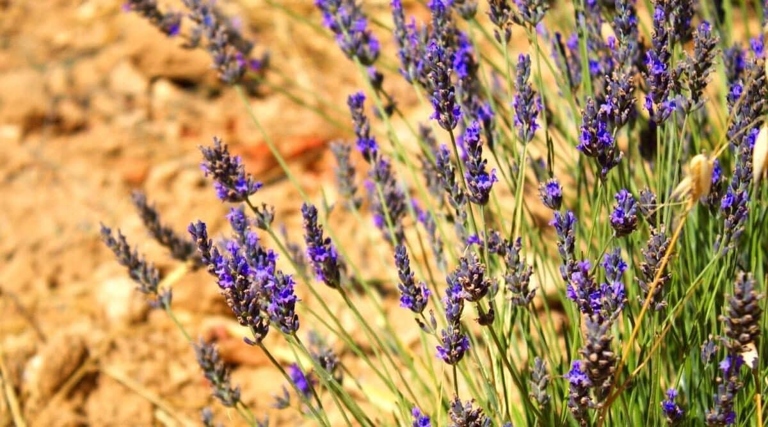
English Lavender (Lavandula angustifolia) 1.
It can be grown in full sun or partial shade, and prefers well-drained soil. As its name suggests, English lavender is native to the UK and is one of the most drought tolerant lavenders.
French Lavender (Lavandula stoechas) 2.
French lavender is native to the Mediterranean region and is one of the most heat and drought tolerant lavenders. It can be grown in full sun or partial shade, and prefers well-drained soil.
Spanish Lavender (Lavandula hispanica) 3.
It can be grown in full sun or partial shade, and prefers well-drained soil. Spanish lavender is native to the Iberian Peninsula and is one of the most heat and drought tolerant lavenders.
Italian Lavender (Lavandula angustifolia var. 4. italica)
Italian lavender is a variety of English lavender that is native to Italy. It is one of the most heat and drought tolerant lavenders, and can be grown in full sun or partial shade.
luisieri) Greek Lavender (Lavandula stoechas subsp. 5.
Greek lavender is a variety of French lavender that is native to Greece. It is one of the most heat and drought tolerant lavenders, and can be grown in full sun or partial shade.
Only Use A Small Amount Of Fertilizer
Lavender is a versatile plant that can be used for a number of different purposes. Too much fertilizer can damage the plant and make it more susceptible to pests and diseases. When using lavender in the garden, it is important to only use a small amount of fertilizer. It is a popular choice for gardens and landscaping because it is drought tolerant and does not require a lot of fertilizer.
Harvesting Lavender
Lavender is one of the most drought tolerant plants, making it a perfect choice for those in dry climates. Here are five of the best lavenders to grow in a drought:
English Lavender (Lavandula angustifolia) 1.
English lavender is a classic choice for those looking for a drought tolerant lavender. It is a hardy plant that can withstand long periods of dry weather.
French Lavender (Lavandula stoechas) 2.
French lavender is another excellent choice for those in dry climates. It is a tough plant that can survive in hot, dry conditions.
Spanish Lavender (Lavandula hispanica) 3.
It is a heat and drought tolerant plant that can survive in harsh conditions. Spanish lavender is a great option for those in dry climates.
4. Italian Lavender (Lavandula angustifolia)
It is a drought tolerant plant that can survive in hot, dry conditions. Italian lavender is a beautiful option for those in dry climates.
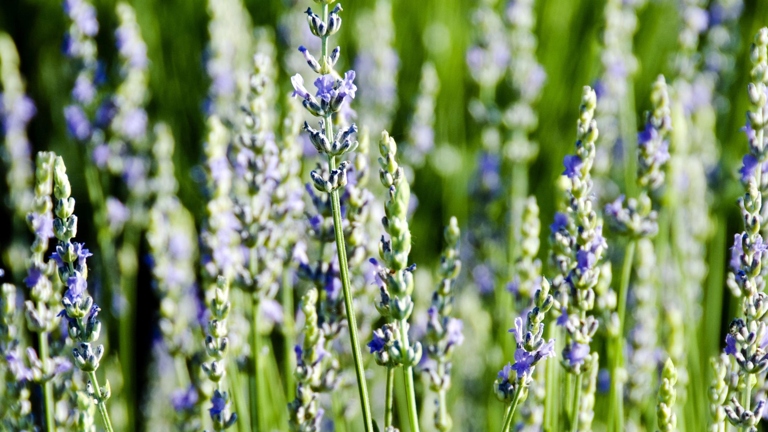
Greek Lavender (Lavandula stoechas) 5.
It is a tough plant that can survive in hot, dry conditions. Greek lavender is another excellent choice for those in dry climates.
How do you make lavender Last longer?
Here are a few tips to help you make your lavender last longer: But if you’re not careful, it can also be a bit of a hassle to keep it looking its best. Lavender is a beautiful, fragrant herb that can add a touch of elegance to any garden.
Some lavenders are more drought-tolerant than others, so if you live in a dry climate, it’s worth doing a bit of research to find a variety that will be a better fit for your garden. 1. Choose the right variety.
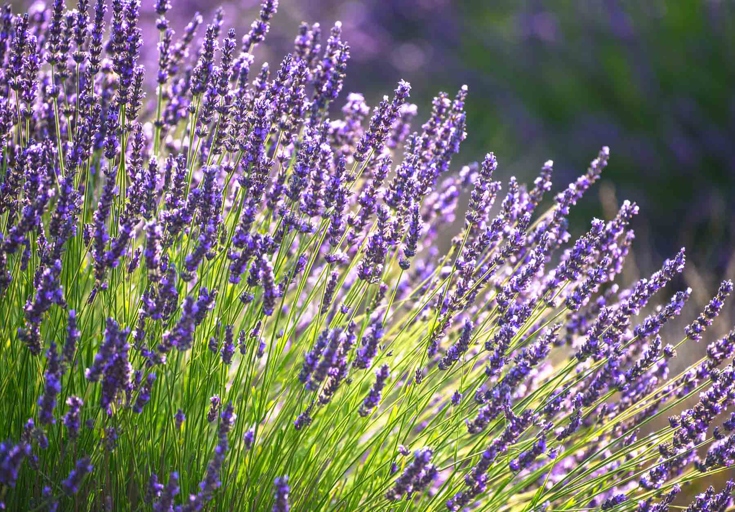
Mulch around the plants. A layer of mulch will help to keep the soil moist and cool, which is ideal for lavender. 2.
Water regularly. 3. Lavender needs to be watered regularly, especially during the hot summer months. If you let it dry out too much, it will start to look wilted and unhealthy.
4. Prune regularly. Regular pruning will help to keep your lavender plants looking neat and tidy. It will also encourage new growth, which will make your plants look fuller and healthier.
This can be done by covering them with a layer of mulch or burlap. Protect from frost. If you live in an area that gets cold winters, it’s important to protect your lavender plants from the frost. 5.
By following these tips, you can enjoy beautiful, healthy lavender plants in your garden for many years to come.
Pruning In Winter
By pruning in winter, you can remove any dead or dying leaves and stems, as well as any that are crowding the plant. This will help the plant to grow more evenly and produce more flowers. Pruning in winter is a great way to keep your lavender plants looking their best.
To prune your lavender plants, start by cutting off any dead or dying leaves and stems. Finally, trim the plant back to the desired size. Then, cut back any that are crowding the plant.
By pruning in winter, you can remove any dead or dying leaves and stems, as well as any that are crowding the plant. This will help the plant to grow more evenly and produce more flowers. Pruning in winter is a great way to keep your lavender plants looking their best.
To prune your lavender plants, start by cutting off any dead or dying leaves and stems. Finally, trim the plant back to the desired size. Then, cut back any that are crowding the plant.
By pruning in winter, you can remove any dead or dying leaves and stems, as well as any that are crowding the plant. This will help the plant to grow more evenly and produce more flowers. Pruning in winter is a great way to keep your lavender plants looking their best.
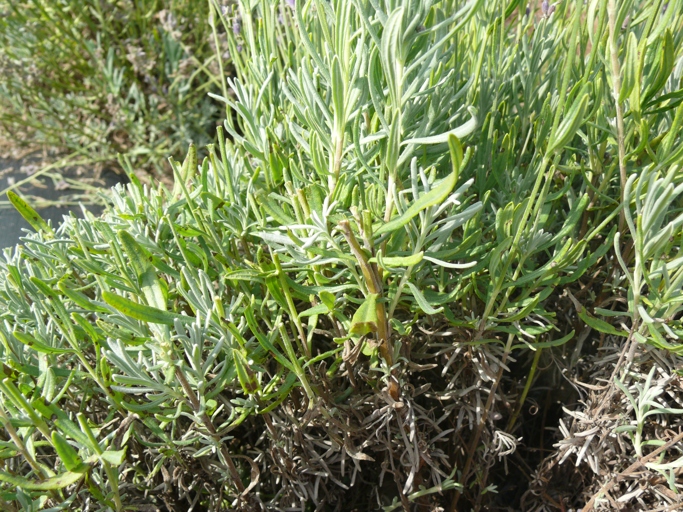
To prune your lavender plants, start by cutting off any dead or dying leaves and stems. Finally, trim the plant back to the desired size. Then, cut back any that are crowding the plant.
Summer Pruning
To prune lavender, simply cut back the stems by a third or so. Lavender is a drought-tolerant plant that can thrive in hot, dry conditions with little water. This will encourage the plant to produce new growth, which will result in more flowers. Lavender is a versatile plant that can be used in a variety of ways, so be sure to experiment with it in your garden to find the best way to use it. Summer is the best time to prune lavender, as it encourages new growth and helps the plant to produce more flowers.
Other Precautions
Lavender is a drought tolerant plant, but there are a few other precautions you can take to ensure its health during dry periods.
Mulching around the base of the plant will help to retain moisture and keep the roots cool. If possible, water in the morning so that the leaves have time to dry before nightfall. This will help to prevent fungal diseases.
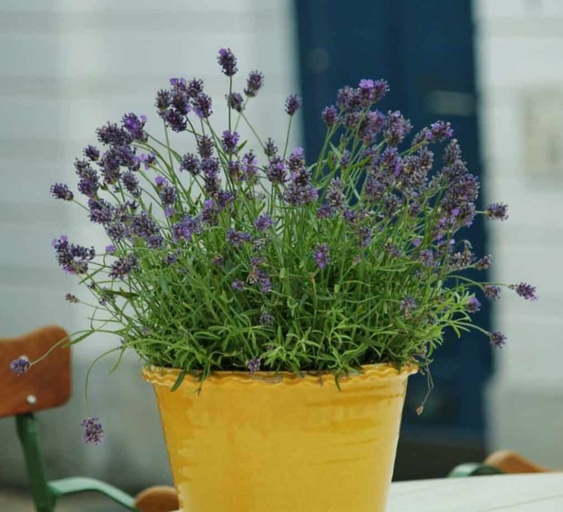
If you live in an area that is prone to drought, consider planting your lavender in a raised bed or on a slope to improve drainage. And, of course, make sure to choose a variety that is suited to your climate.
Lavender Hates Repotting
Lavender Hates Repotting
In fact, lavender hates being repotted. Lavender is one of the most drought tolerant plants out there. However, that doesn’t mean that it doesn’t need any water at all. It can survive in dry, hot climates with very little water.
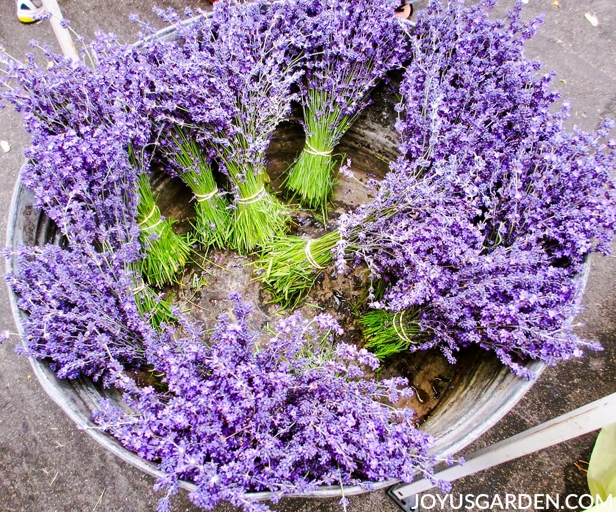
When you repot a lavender plant, you’re essentially taking it out of its natural environment and putting it into a new one. This can be very stressful for the plant, and it can take a long time for it to adjust.
If you do need to repot your lavender, be sure to do it in the spring or fall. These are the times of year when the plant is least stressed, and it will be able to adjust to its new home more easily.
Just Keep An Eye Out For Humidity Level
Lavender is a drought tolerant plant that is perfect for those who live in dry climates. If the humidity is too high, the plant will not be able to thrive. The ideal humidity level for lavender is between 40 and 50%. However, it is important to keep an eye on the humidity level when growing lavender.
Which Lavenders Are Easy To Grow In Your Area?
Lavenders are one of the most popular herbs for home gardens, and for good reason. But not all lavenders are created equal. They are easy to grow, drought tolerant, and have a wide range of uses. Some varieties are easier to grow than others, and some are better suited to certain climates.
If you’re looking for an easy-to-grow lavender, look no further than English lavender (Lavandula angustifolia). It’s also one of the most fragrant, making it a great choice for use in sachets, potpourris, and other fragrant projects. This variety is tolerant of a wide range of conditions, from full sun to partial shade, and is one of the most drought tolerant lavenders.
Another easy-to-grow lavender is French lavender (Lavandula stoechas). This variety is a bit less tolerant of drought than English lavender, but is still quite drought resistant. It prefers full sun, but will tolerate some shade. French lavender is also very fragrant, and makes a great addition to any fragrant project.
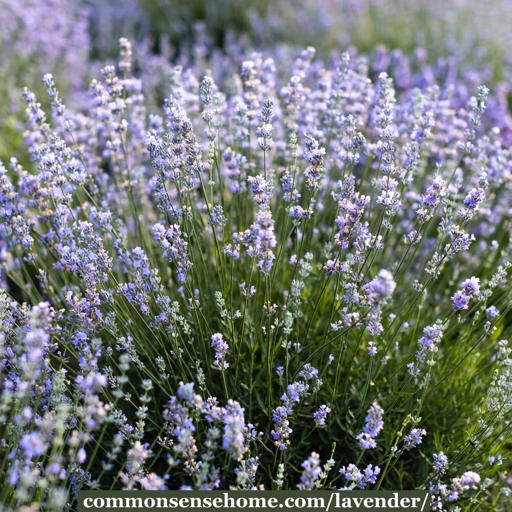
This variety is less tolerant of drought and prefers full sun. If you’re looking for a lavender that’s a bit more challenging to grow, try Spanish lavender (Lavandula hispanica). It’s also not as fragrant as other lavenders, but its unique flavor makes it a great choice for culinary use.
With a little care, you’ll be rewarded with a beautiful, fragrant, and easy-to-grow herb that will add a touch of elegance to your home. No matter what type of lavender you choose, be sure to give it well-drained soil and plenty of sunlight.
Frequently Asked Questions
1. What are the 5 most drought tolerant lavenders?
2. How do I grow them?
3. What are their specific needs?
4. What are the benefits of growing these lavenders?
5. Are there any drawbacks to growing these lavenders?
Final thoughts
Lavender is a versatile plant that can be used in many different ways. It is also a very drought tolerant plant, which makes it a great choice for those who live in dry climates. There are many different types of lavender, so be sure to choose the one that is best suited for your climate and soil type. With a little care, you can have a beautiful lavender plant that will thrive for many years.
